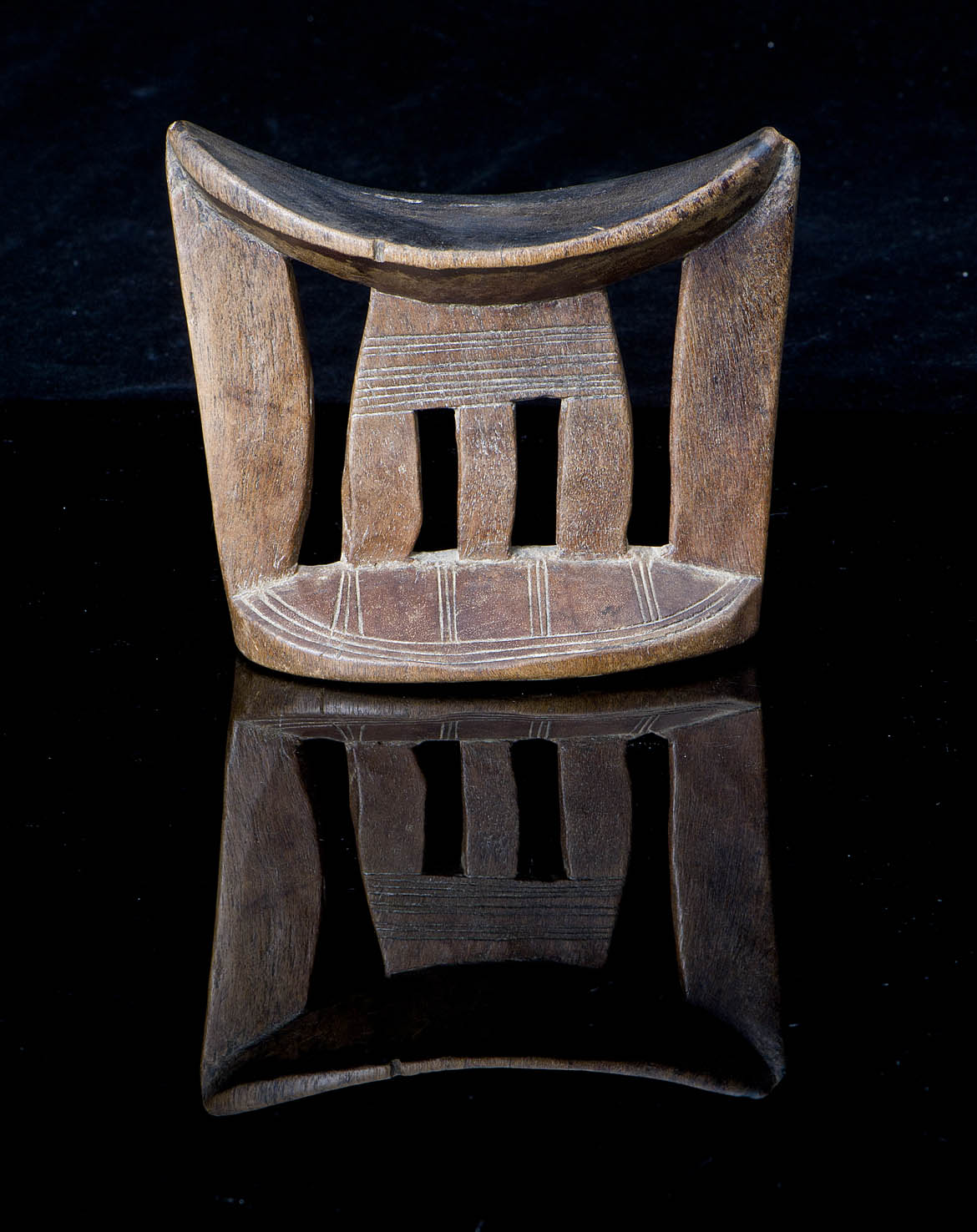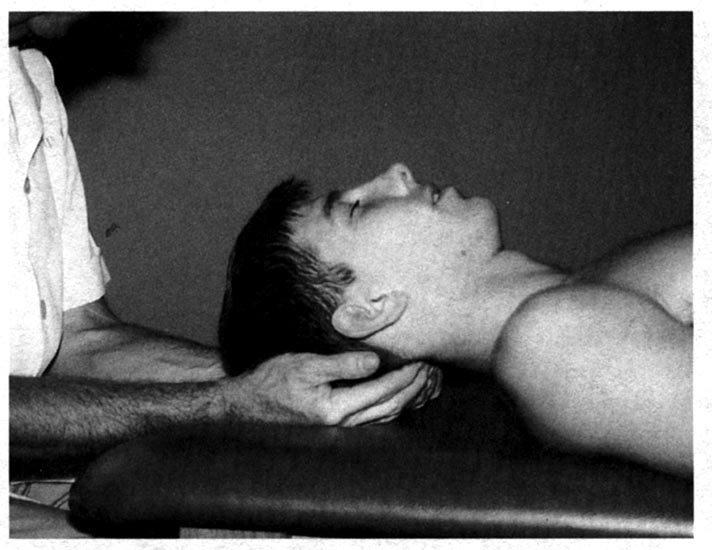A few years ago, it became painfully clear to me that above 50 (optimistically called ‘half-time’), some things no longer feel as good as they did as a youngster. Among other things, this included the sharpness of vision that slowly pushes you towards varifocals at this stage of life, but also the realisation that bones and ligaments are no longer as elastic as they were in youth.
Especially when there is external pressure – be it family, professional or financial storms – tension builds up in one’s own neck. The local muscles become firmer and more rigid, you become more immobile in the literal and figurative sense. Later on, radiating complaints appear: the shoulder can hurt, the elbow hurts and the fingers tingle. Others have breathing problems or think their heart is stumbling.
One deals with such things much more deeply when it affects oneself, but sometimes such initiatives also peter out – for lack of alternatives. An effective way to help would be to stretch the chronically shortened muscles and thus relax them. But you need someone to do it. Or one uses the good old glisson, a sling that is placed under the chin and back of the head and then put under traction. This was very popular in the fifties. The picture opposite illustrates how it works. Two details made the whole thing questionable:
*On the one hand, the apparatus rests on the shoulder muscles – exactly where there is already painful tension due to chronic shortening.
*On the other hand, it has an effect on the chewing and jaw apparatus, which we want to relieve as much as possible. This is because tension from this area is almost always involved when it comes to chronic neck tension.
Neither was ideal – to put it mildly. But in addition, the actual putting on of this frame is not very easy and can definitely give you the feeling of being locked in.
So I experimented with various devices to avoid these weak points: my attempts pulled on the zygomatic bone, fixed the forehead or supported on the mastoid; that’s the thick bony protrusion behind the ear. All at least as unflattering as Kuhlmann’s glisson.





